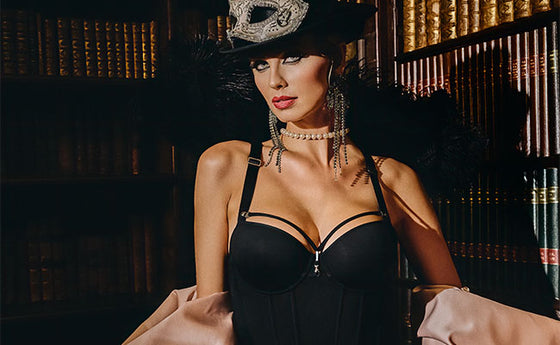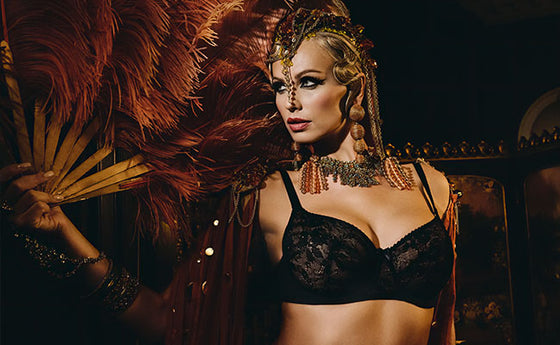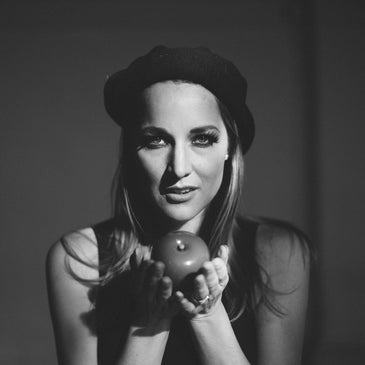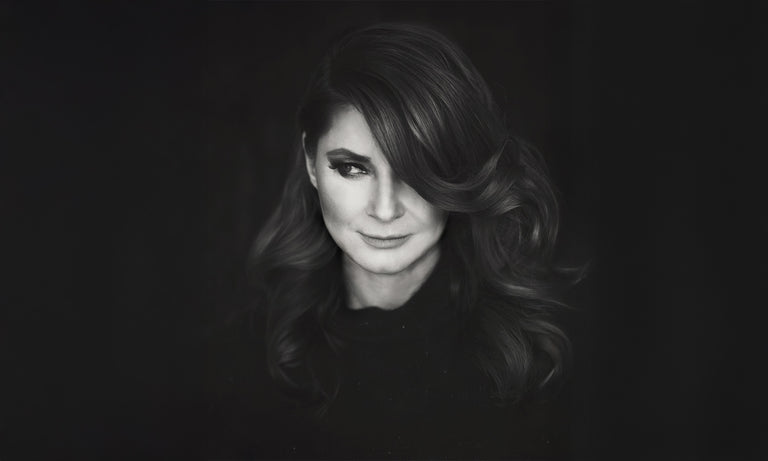

MD Friends
The rhythms of the cosmos
World-renowned astrologer Karen Hamaker-Zondag unravels the mysteries of the Tarot and explains how symbolic imagery can awaken our intuition, offering a soulful mirror to guide us through life's challenges and...
Is it magic? Make-believe? Or a masterful method to access the mirror of your soul? I asked world-renowned astrologer Karen Hamaker-Zondag to unravel the mysteries of the Tarot for us.
Is it magic? Make-believe? Or a masterful method to access the mirror of your soul? I asked world-renowned astrologer Karen Hamaker-Zondag to unravel the mysteries of the Tarot for us.
Marlies: From astrology to I Ching; you have written 36 (!) books and lectured all over the world on esoteric subjects, explaining them in a captivating, wonderfully down-to-earth way. In your marvelous book 'Tarot as a way of life', you mention that you've been studying the Tarot since 1972. Can you tell us how Tarot works, Karen? I mean, how can 78 pieces of paper with some images on it affect so many people so deeply?
Karen: Since ancient times, we have stored knowledge about ourselves and the cosmos in images. Sharing them during rituals was a way for our ancestors to pass on their - often secret - knowledge, from generation to generation. Through this process, a deep, collective familiarity with symbols took root in us. Now, when we see certain images, our unconscious will resonate with them. Something deep inside us understands. Paintings and books were customary ways to share symbolic knowledge, but why not use cards? Midway through the 15th century, the noble Milanese Visconti-Sforza family commissioned the very first Tarot cards, already featuring many symbols and archetypes we are familiar with today. In 1910, mystic scholar Arthur White and illustrator Pamela Colman Smith brought the Tarot images up to date with our era's understanding of occultism and symbolism and created the Rider-Waite deck. It's still the most popular deck for a good reason: complete and illuminating, each card contains a world of meaning.
Marlies: What can we learn from Tarot cards?
Karen: In a deck with a good symbolic design, the symbols awaken something in us that shows us how a certain problem can be resolved. We learn how to accept ourselves and our lives, how to cope with the ups and downs. This process takes place mostly in our unconscious, which is extremely creative and playful, having a logic of its own. It is the very playfulness and creativity of the Tarot that turns it into a tool we can use infinitely in many situations.
Marlies: Can you give us an example?
Karen: You may have seen the Death card, picturing a harnessed skeleton riding to meet us. In the Rider-Waite version, a king has already fallen while a bishop is about to be trampled under foot and a maiden is on the verge of collapse. The only one still standing is a small child, offering Death a bunch of flowers. When you have chosen this card, it may be time for you to 'kill off' situations or attitudes that don't work for you anymore. As the fallen king and the bishop show: your titles or money are not going to save you, and neither is religion. Ignoring your problems, like the fainting woman, doesn't work either. But if you welcome the process of change with an open heart, like the girl with the flowers, your encounter with Death becomes a new beginning. Can you see the little boat on the stream in the distance? Who knows where it will take you!
Marlies: I love that! It reminds me of something you once wrote: 'working with the Tarot is like learning to dance to the rhythms of the cosmos'. But how do we 'know' what card to choose? And why does it always happen to be the 'right' card?
Karen: "Time is ticking by", we say in the modern West, where we have a linear view of time. The seconds that have passed, will never come back. The Eastern way of thinking sees each moment - be it a second, a month or a year - as having its own quality and meaning. All the things that occur within that time frame share this quality. They can be each other's mirror, without directly influencing each other. When you draw a Tarot card, that card can function as a mirror of your psychological state at that moment, because the card and your state have the same 'time quality'. A historian once told me how frustrated he would get, researching ancient Chinese historiography. 'The plum blossoms bloomed gloriously' would be the only thing written about a certain year, for example. What on earth should he make of that? But this description offered an image of the 'time quality' of that year: most probably the harvests were abundant, and the empress was pregnant. In Western culture, we have mostly lost this ability to think symbolically.
Marlies: That certainly resonates with me, because as a designer, I use the language of symbols to communicate my vision. How can we relearn that kind of thinking?
Karen: To study Tarot, some people think they need to memorize the meaning of all 78 cards. But I ask my students to simply look at the images. What do you see? Take the daily journey of the sun across the sky. Our ancestors observed and honored it as powerful symbol for the cycle of life, which taught them how to gracefully navigate life's different phases and inevitable changes. We spend most of our days in artificial light now, barely aware of the changing sky. But we can learn how to look again. Start by observing your surroundings, without expectations or judgement: the trees, the sky, other people. Really look someone in the eyes. Slowly but surely, you will feel a shift inside you. And who knows, you may even get glimpse into your unconscious.
Marlies: Wonderful, Karen. Thank you for opening our eyes, again and again.
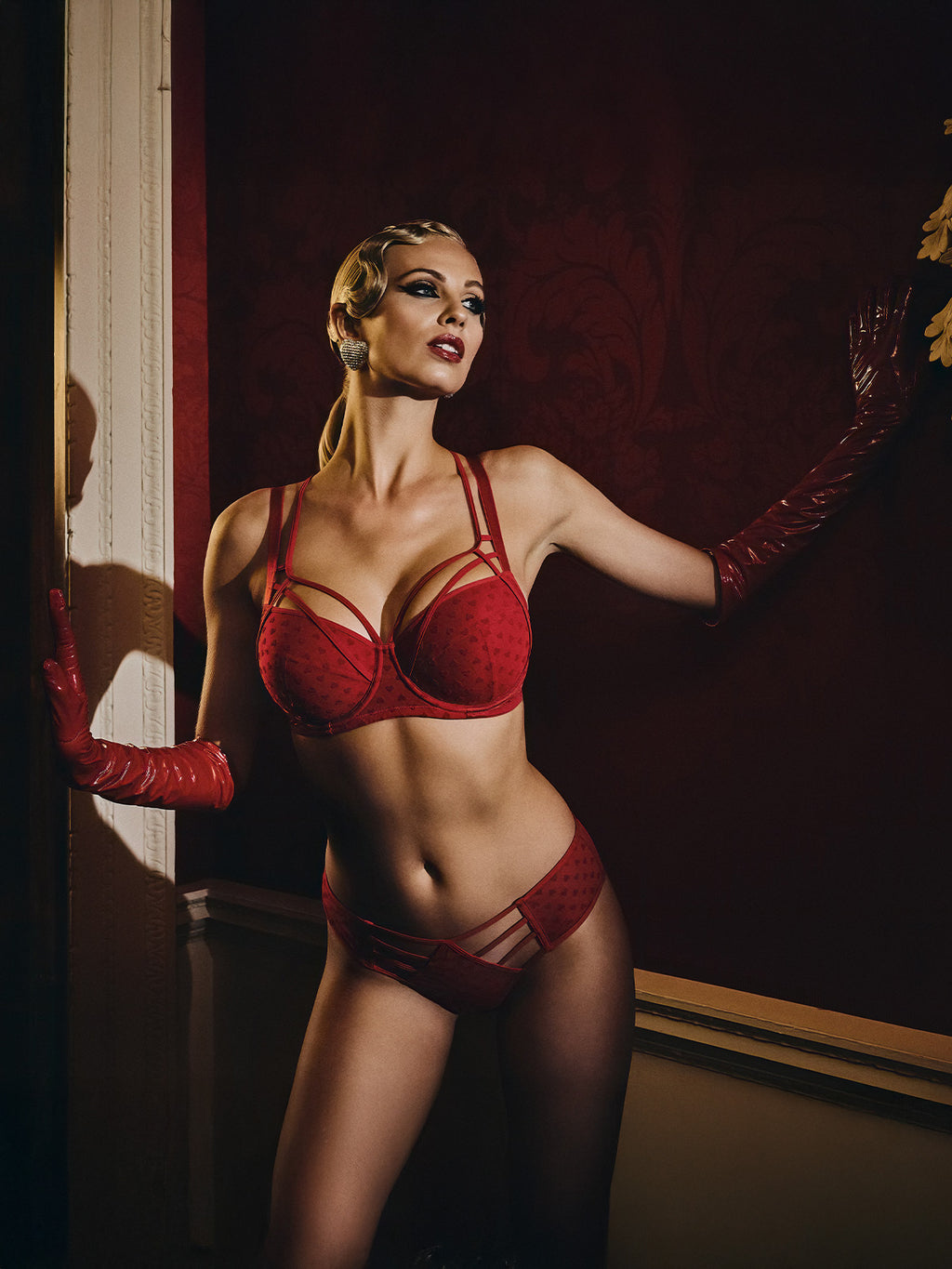

the art of love
plunge balcony bra

the art of love
8 cm brazilian briefs

